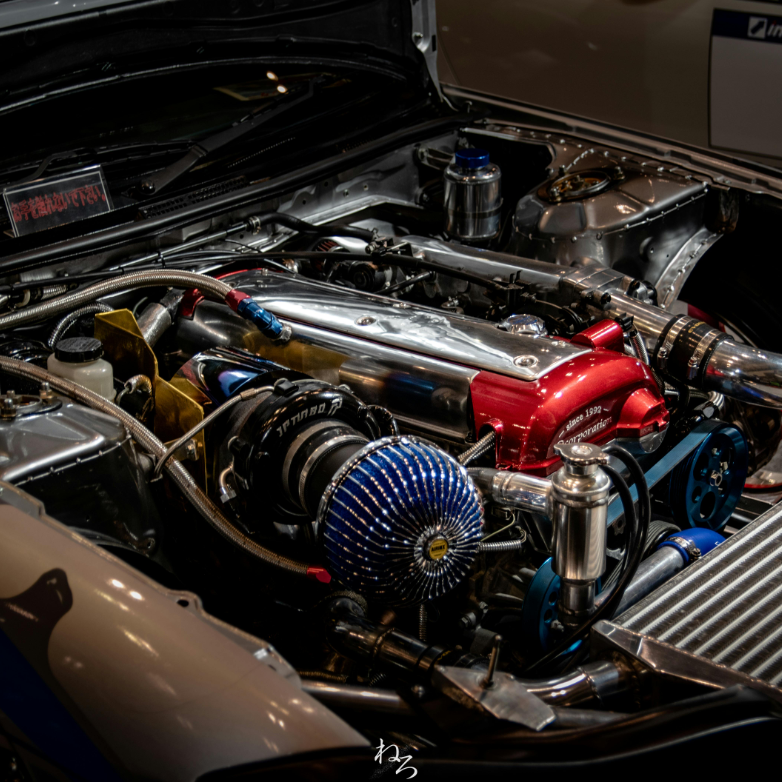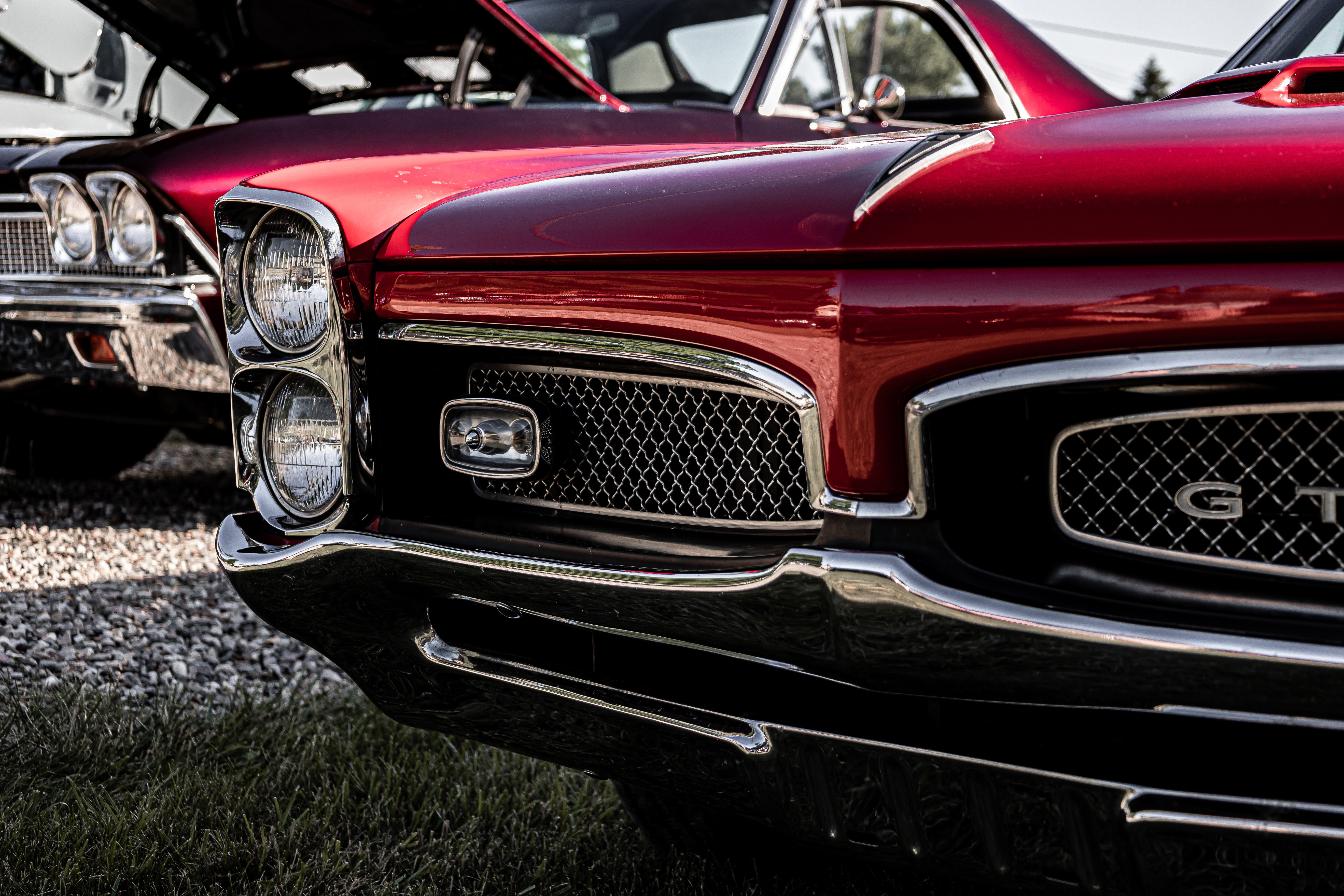Complete Used Car Inspection Checklist: A Comprehensive Buyer's Guide
Buying a used vehicle without a proper vehicle inspection is like purchasing a house without looking inside first, you might miss major problems that could cost thousands to fix. Whether you're a first-time buyer or have purchased several pre-owned vehicles before, having a structured approach to evaluating a used car can save you from expensive surprises down the road.

Exterior Inspection Fundamentals
A thorough used car inspection checklist focuses on three main areas of the motor vehicle: body/paint condition, glass/lighting systems, and tires/wheels. A systematic vehicle inspection helps identify past accidents, maintenance issues, and necessary repairs before purchase.
Body and Paint Condition
Examine in natural daylight, not under artificial lighting
Check for:
- Inconsistent paint color or texture, which indicates repairs
- Rust spots, especially around wheel wells and undercarriage
- Dents, dings, and scratches
- Body panel alignment and consistent gaps
- Signs of frame damage (uneven door gaps, misaligned trunk)
- Evidence of flooding (silt in trunk, musty odor)
Glass and Lighting
- Inspect all windows for cracks, chips, or improper sealing
- Test all lights:
- Headlights (high and low beam)
- Brake lights and turn signals
- Reverse lights
- Interior dome lights
- Dashboard illumination
- Check windshield wipers and washer fluid system operation
- Verify side mirrors adjust properly and aren't damaged
Tires and Wheels
Examine all tires (including spare tire) for:
- Tread depth (use a penny test)
- Uneven wear patterns (may indicate alignment issues)
- Sidewall damage or bulges
- Age (check manufacturing date on sidewall)
- Check wheels for:
- Bent rims
- Proper lug nut tightness
- Matching wheels on all corners
Mechanical Systems Check
A thorough used car inspection checklist covers four main areas of the motor vehicle: engine compartment, transmission, suspension, and brakes. Each system needs a detailed safety inspection for proper function, unusual noise, leaks, and uneven wear to spot potential problems before purchase.
Engine Assessment
- Cold Start Check
- Listen for knocking, ticking, or rattling during startup
- Watch exhaust smoke:
- blue = oil burning
- white = coolant issues
- Check if engine idles smoothly without stumbling
- Fluid Inspection:
- Oil level and condition - no metal particles or milky appearance
- Coolant - proper level and color
- Power steering fluid - full and clean
- Brake fluid - check level and clarity
- Transmission fluid - proper level and color (if applicable)
- Engine Compartment Components:
- Battery - check terminals for corrosion
- Belts - examine for cracks or fraying
- Air filter - verify cleanliness
- Radiator - look for leaks or damage
Suspension and Steering
- Push down on each corner of the vehicle to test shock absorption
- Look for leaking shock absorbers or struts
- Check power steering operation:
- Smooth turning from lock to lock
- No unusual noise when turning the steering wheel
- Proper fluid level in the reservoir
- Examine for excessive play in the steering wheel
- Verify the vehicle doesn't pull to either side
Brake System
- Test brake pedal feel (should be firm, not spongy)
- Listen for squealing or grinding during braking
- Check the parking brake engagement and release
- Look for signs of leaking brake fluid
- Examine brake pads and rotors for wear (if visible)
- Test the anti-lock brake system warning light during startup
Undercarriage Examination
Inspecting a used car's undercarriage reveals critical information about structural integrity, exhaust system condition, and potential fluid leaks. This part of the safety inspection requires getting underneath the motor vehicle to check for rust, damaged components, and signs of past accidents that might not be visible otherwise.
Structural Components
- Check frame rails for bending or repair evidence
- Examine for excessive rust or corrosion
- Look for welding marks indicating repairs after accidents
- Verify proper alignment of suspension mounting points
Exhaust System
- Inspect muffler and catalytic converter for damage
- Look for rusted-through sections or improper repairs
- Check exhaust hangers are intact and functional
- Listen for exhaust leaks when engine is running
Drivetrain Components
- Examine CV joints and boots for tears or leaks
- Check differential(s) for leaks (if applicable)
- Look at the driveshaft for damage (on rear-wheel drive vehicles)
- Verify axles are straight and undamaged
Interior and Electronics Evaluation
When checking a used vehicle's interior, focus on testing all electronic systems, evaluating seat conditions, and verifying climate control functions. A thorough vehicle inspection catches hidden problems and helps determine if repairs or replacements will be needed when compared to a newer vehicle.
Seating and Upholstery
- Test each seat position by sitting and adjusting
- Check safety belts for smooth extension and secure locking
- Verify all seat controls work:
- Forward/backward movement
- Recline function
- Height adjustments (if equipped)
- Heating/cooling (if equipped)
- Inspect upholstery for:
- Tears or rips
- Stains or unusual odors
- Uneven wear, especially on driver's side
- Split seams or previous repairs
- Check floor mats and carpet condition
Dashboard Systems
- Watch for warning lights during engine startup
- Verify all gauges work and show correct readings
- Test entertainment features:
- Radio reception
- CD player operation
- Speaker sound quality
- Bluetooth connectivity
- Navigation system (if equipped)
- Check every button and switch function
- Verify steering wheel controls work properly
Climate Control
- Test air conditioning:
- Cold air should flow within 30 seconds
- Check all fan speeds
- Verify each vent's operation
- Listen for compressor engagement
- Check heating system:
- Warm air flow
- Temperature control response
- Blower motor noise
- Defroster function
- Confirm all vents:
- Open and close properly
- Direct air as intended
- No unusual odors when operating
Additional Features
- Power windows:
- Operation speed
- Smooth movement
- Auto up/down function (if equipped)
- Door locks:
- Interior controls
- Key fob function
- Smart entry system (if equipped)
- Sunroof (if equipped):
- Full range of motion
- Proper sealing
- Drain holes clear
- Interior lighting:
- Dome lights
- Map lights
- Trunk light
- Door lights
- Instrument panel illumination

Test Drive Evaluation
The test drive is a critical part of any used car inspection checklist. Drive the motor vehicle in various conditions, highway, city streets, and parking lots, to evaluate performance, handling, and to identify unusual noise or vibrations that might indicate mechanical problems.
Preparation
Plan a route that includes:
- City driving (stop-and-go)
- Highway driving (sustained speed)
- Hills (if available)
- Various road surfaces
- Ensure the vehicle is at operating temperature
- Adjust mirrors and seat before beginning
Performance Assessment
- Acceleration:
- Smooth power delivery
- No hesitation or stumbling
- Consistent performance throughout RPM range
- Braking:
- Straight stopping without pulling
- Responsive pedal feel
- No pulsation or vibration
- Handling:
- Responsive steering
- Stability in turns
- No excessive body roll
- Tracks straight on flat road
Noise and Vibration Detection
- Listen for:
- Engine noises at different RPMs
- Transmission whine or clunking
- Wind noise around windows and doors
- Suspension creaks over bumps
- Unusual noise when turning
- Feel for:
- Steering wheel vibration
- Seat vibration
- Pedal pulsation
- Shuddering during acceleration or braking
System Function During Use
- Test cruise control operation
- Verify instrument panel readings stay consistent
- Check transmission shifts appropriately with load
- Monitor temperature gauge for stability
- Test vehicle stability at various speeds
Post-Inspection Decision Making
After completing your used car inspection checklist, compare your findings against a new vehicle standard, estimate repair costs, and negotiate accordingly. A vehicle inspection report helps prioritize which issues need immediate attention versus cosmetic concerns that can wait.
Evaluation Summary
- Create a comprehensive vehicle inspection report
- Categorize issues by severity:
- Safety-critical items
- Mechanical concerns
- Cosmetic issues
- Maintenance items
- Compare findings to similar vehicles of the same model year
- Consider the difference in condition versus a newer vehicle
Cost Analysis
- Get repair estimates for identified issues
- Factor in upcoming maintenance based on mileage
- Calculate total investment including:
- Purchase price
- Immediate repair needs
- Registration and taxes
- Insurance costs
- Compare to market value after repairs
Next Steps
- Consider a professional inspection at a repair shop for confirmation
- Use findings to negotiate with the private seller or dealer
- Request service records for any questionable maintenance items
- Verify all issues were disclosed by the previous owner
- Make an informed decision based on complete information
How Tinker DIY Can Help
Getting a used car inspection checklist completed before buying helps you avoid expensive problems down the road. A complete safety inspection looks at the exterior, interior, mechanical parts, and service records to spot potential issues that wouldn't be present in a new vehicle.
Buying a used vehicle doesn't mean going it alone. With Tinker DIY's video consultation service, you can walk through the entire vehicle inspection process with a professional mechanic right there on your phone. Our ASE-certified experts guide you through checking unusual noise, frame conditions, rust spots, paint issues, and maintenance records.
Want an expert opinion on that used car you're considering? Download the Tinker DIY app and connect instantly with a professional mechanic for just $14.99 per call. Our experts help you spot hidden problems, evaluate repair costs, and make smart buying decisions, all through a live video chat from your phone. No repair shop visit needed. Ready to inspect a used vehicle with confidence? Get started with Tinker DIY today.
Resources:
https://www.fcpeuro.com/blog/whats-under-the-hood-of-a-car
https://www.driveshaftsoftulsa.com/blogs/news/understanding-how-a-drive-shaft-works
Still have questions? Speak to one of our Tinker Experts today!





